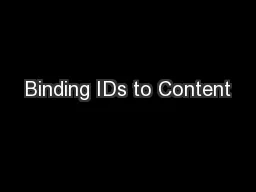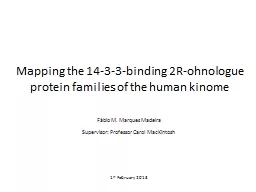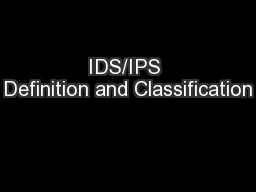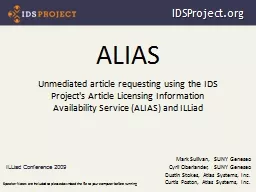PPT-Binding IDs to Content
Author : debby-jeon | Published Date : 2016-07-01
A Progress Report April 2014 Chris Lennon President amp CEO MediAnswers Chair of Open ID Project What Problem Are We Trying To Solve Currently there is no open
Presentation Embed Code
Download Presentation
Download Presentation The PPT/PDF document "Binding IDs to Content" is the property of its rightful owner. Permission is granted to download and print the materials on this website for personal, non-commercial use only, and to display it on your personal computer provided you do not modify the materials and that you retain all copyright notices contained in the materials. By downloading content from our website, you accept the terms of this agreement.
Binding IDs to Content: Transcript
Download Rules Of Document
"Binding IDs to Content"The content belongs to its owner. You may download and print it for personal use, without modification, and keep all copyright notices. By downloading, you agree to these terms.
Related Documents














